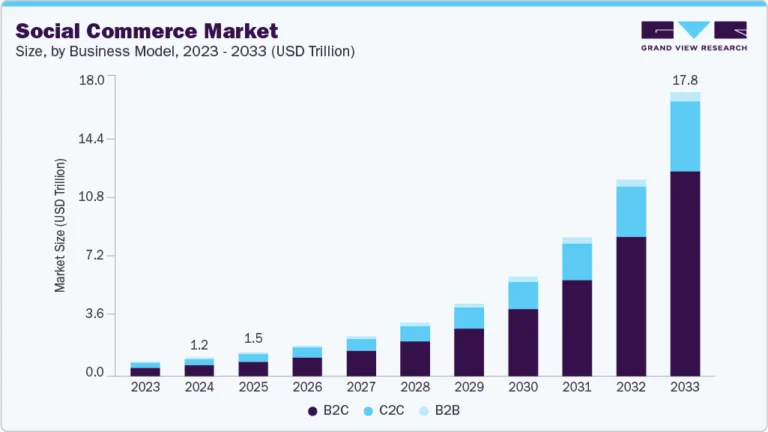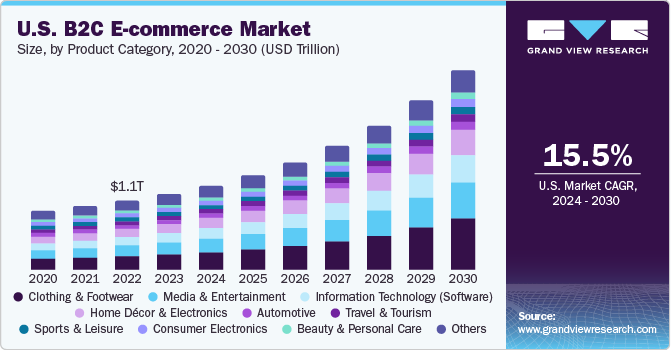Navigation Lighting Market Size, Share, & Trends Analysis growing at a CAGR of 5.3% from 2025 to 2033

The global navigation lighting market size was estimated at USD 3.67 billion in 2024 and is projected to reach USD 5.74 billion by 2033, growing at a CAGR of 5.3% from 2025 to 2033. The strict enforcement of international safety regulations governing the use of navigation lights in both the marine and aviation sectors is driving the navigation lighting market.
Key Market Trends & Insights
- Asia Pacific held 37.1% revenue share of the global navigation lighting market in 2024.
- In China, the global expansion of commercial and recreational marine and aviation sectors is accelerating the demand for navigation lighting systems.
- By type, sidelights segment held the largest revenue share of 31.3% in 2024.
- By technology, LED segment held the largest revenue share in 2024.
- By installation type, the fixed segment held the largest revenue share in 2024.
Market Size & Forecast
- 2024 Market Size: USD 3.67 Billion
- 2033 Projected Market Size: USD 5.74 Billion
- CAGR (2025-2033): 5.3%
- Asia Pacific: Largest market in 2024
- Europe: Fastest growing market in 2024
Request a free sample copy or view report summary: https://www.grandviewresearch.com/industry-analysis/navigation-lighting-market-report/request/rs1
The increasing adoption of automation and autonomous systems across maritime and aviation domains fuels the demand for the navigation lighting market. Autonomous ships and drones require lighting systems that integrate with onboard sensors, communication modules, and collision avoidance systems. This creates opportunities for next-generation lighting systems equipped with data interfaces and self-monitoring capabilities. Manufacturers are focusing on developing intelligent lighting systems that can dynamically adjust intensity, report performance metrics, and integrate into broader control and monitoring networks, enhancing both safety and operational oversight.
The navigation lighting market is also benefiting from the defense sector’s expanding investments in new-generation naval and aerial platforms. As nations invest in modernizing their military fleets, there is a parallel need for advanced lighting systems that meet tactical, stealth, and visibility requirements. Military aircraft and vessels often require specialized navigation lighting that supports infrared or NVG (night vision goggles) compatibility, enabling operations in covert or low-visibility scenarios without compromising the operator’s situational awareness. Governments are not only upgrading existing fleets but also placing large orders for new platforms integrated with modular lighting systems that support multi-role and night-time operations. This focus on mission-critical performance in defense applications adds another layer of sophistication to the overall navigation lighting market, fueling R&D and high-value procurement contracts.
Furthermore, urbanization and the expansion of coastal infrastructure such as marinas, harbors, and small airports are contributing to the demand for fixed navigation lighting installations. As cities develop waterfronts for tourism, commerce, and logistics, there is a growing need for well-lit navigation routes, buoys, docks, and airstrips that remain safe and operational around the clock. These developments often include energy-autonomous lighting systems powered by solar panels or wind turbines that require minimal infrastructure and maintenance. The combination of expanding coastal economies and the need for 24/7 operational readiness in these zones has made fixed navigation lighting a growth segment within the broader market.
The integration of IoT (Internet of Things) and digital twins in transportation networks is also impacting how navigation lighting is conceptualized and implemented. In smart ports and airports, lighting systems are increasingly being connected to central control systems that can monitor their status, adjust brightness, and trigger alerts in case of malfunction. These intelligent systems contribute to predictive maintenance and operational efficiency, reducing downtime and enhancing safety. In many cases, navigation lights are becoming part of larger infrastructure automation strategies, supporting visibility and environmental monitoring, traffic flow analytics, and emergency response systems. This convergence of lighting technology with digital infrastructure underlines a shift from standalone products to integrated, data-driven solutions.
Type Insights
The sidelights segment dominated the navigation lighting market with a revenue share of 31.3% in 2024. A growing global fleet, spurred by rising international trade and maritime tourism, is contributing to the growth of this segment. As shipping companies expand their operations and cruise lines add new vessels to meet increasing passenger demand, the need for reliable and efficient navigation lighting, especially sidelights, rises in tandem. Furthermore, the expansion of domestic and regional shipping, particularly in developing economies across Asia, Africa, and Latin America, is generating significant demand for low-cost but durable sidelight systems.






